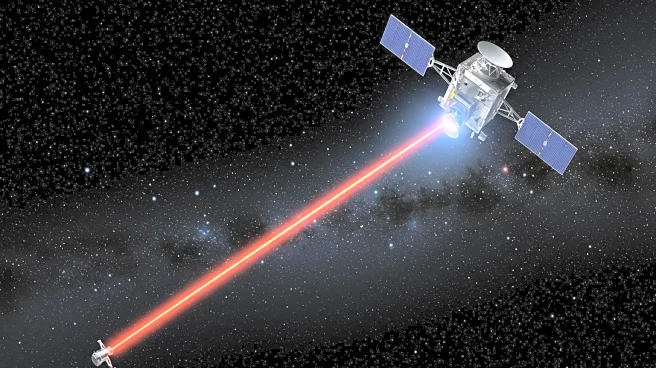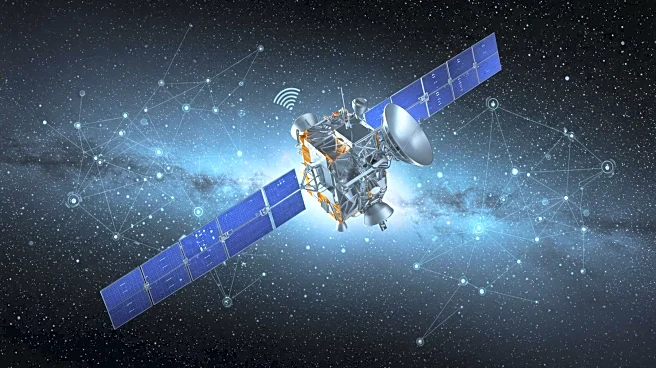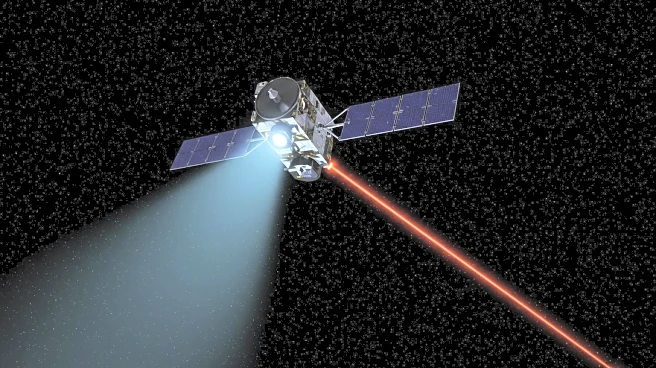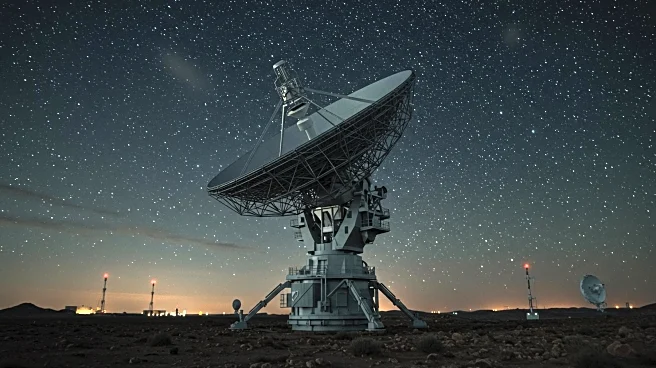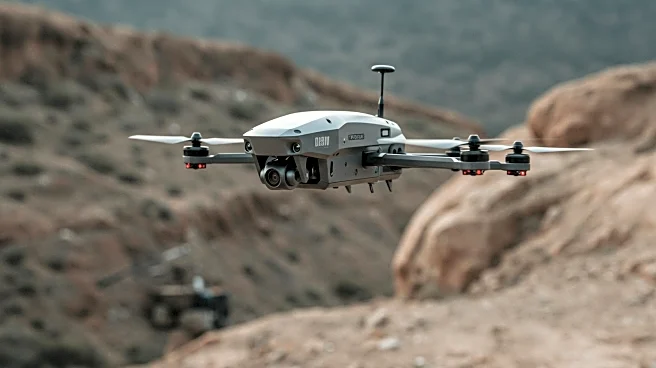What's Happening?
A new report on Free-Space Optical Communication (FSOC) technology forecasts its potential to revolutionize defense communications by 2033. FSOC offers secure, high-throughput data transfer, ideal for military applications. However, its deployment is currently limited by atmospheric challenges. The technology is being explored as part of hybrid systems with RF, providing redundancy in electronic warfare environments. Key players like DARPA and ESA are advancing FSOC through research in adaptive optics and terminal miniaturization, aiming to overcome current limitations and enable field-ready systems.
Why It's Important?
FSOC technology represents a significant opportunity for enhancing secure communications in defense and space sectors. Its ability to provide high-speed, secure data transfer with minimal interception risk is crucial for military operations. The ongoing research and development efforts by major defense organizations highlight the strategic importance of FSOC. As the technology matures, it could lead to significant advancements in military communications, offering a competitive edge in electronic warfare and secure data transmission.
What's Next?
The continued development of FSOC technology will focus on overcoming atmospheric limitations and improving system reliability. Successful integration into hybrid communication systems could pave the way for broader adoption in defense and commercial sectors. Stakeholders, including defense contractors and technology firms, are likely to increase investments in FSOC research and development. The technology's evolution will be closely watched by military and aerospace industries, with potential implications for future communication strategies and capabilities.
